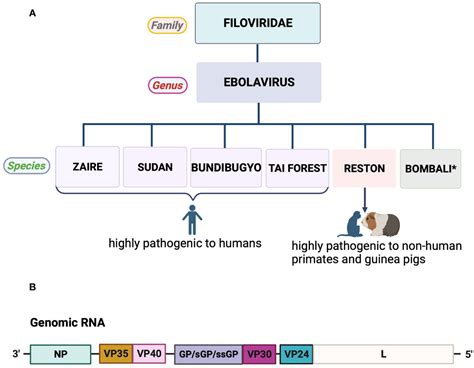NAVIPP Scientific Watch Serie
A virus with a complex past
Ebola virus (EBOV) has caused multiple deadly outbreaks since the 1970s. For a long time, scientists believed these events traced back to a narrow genetic bottleneck. But new research is rewriting this story.
New insights from phylogeny
Recent analyses suggest that Ebola’s origins may stretch back further than we thought, possibly to the 1950s. This means greater viral diversity existed in wildlife reservoirs well before the first recognized human cases. Such findings highlight the complexity of spillover events and challenge the idea of a single shift from animals to humans.
Why it matters for preparedness
Understanding viral evolution is not just about history — it is essential for preparedness. If outbreaks stem from diverse viral lineages, our countermeasures must account for that variability. Diagnostics, vaccines, and antivirals need to be designed with viral diversity in mind.
The NAVIPP contribution
NAVIPP is addressing this challenge by building a diverse compound library to test against multiple high-risk pathogens. By anticipating genetic diversity and potential mutations, NAVIPP helps ensure that broad-spectrum antivirals remain effective even as viruses evolve.
Conclusion
Ebola’s hidden history reminds us that viral evolution is complex and ongoing. By investing in preparedness today, we strengthen our ability to face whatever form the next outbreak may take.
